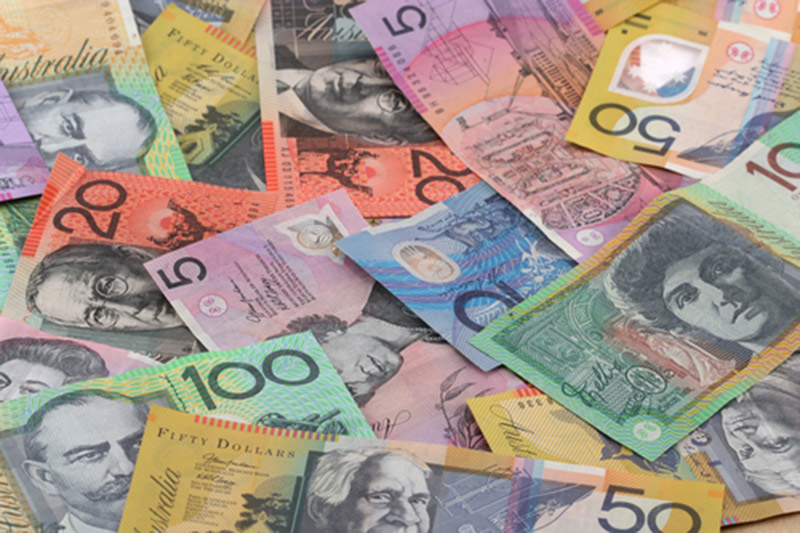Investing.com - The Aussie traded weaker after mixed jobs data and the yen gained despite weak core machinery orders in Asia on Thursday.
USD/JPY changed hands at 117.45, down 0.19%, and AUD/USD traded at 0.6939, down 0.27%. The People's Bank of China set the yuan's central parity rate against the U.S. dollar at 6.5616 Thursday, slightly stronger than Wednesday's 6.5630.
In Japan, the CGPI (corporate goods price index) fell 3.4%, less than the drop of 3.5% year-on-year seen for December. As well, core machinery orders dropped 14.4%, well below the decline of 7.9% expected for November month-on-month.
In Australia, the employment change showed a drop of 1,000 jobs, less than the decline of 12,500 jobs seen, and the unemployment rate held steady at 5.8%.
The U.S. dollar index, which measures the greenback’s strength against a trade-weighted basket of six major currencies, was quoted at 98.94, up 0.02%.
Overnight, the dollar trimmed gains against the other major currencies on Wednesday, but it still remained supported as upbeat Chinese trade data and stability in Asian markets continued to lift market sentiment.
China’s central bank fixed the midpoint rate for the yuan at levels close to the fix of the previous two days, easing concerns over the rapid depreciation of the currency seen at the start of the year.
At the same time, official figures showed that Chinese exports rose 2.3% in yuan-denominated terms in December from a year earlier, rebounding from a 3.7% drop in November.
Exports were down 1.4% on a year-over-year basis in December in dollar terms, compared to forecasts for a drop of 8.0%. Imports fell by 4% in yuan terms, after a 5.6% drop in November. In dollar terms, imports fell 7.6% from a year earlier, better than forecasts for an 11.5% decline.
The data indicated that the Chinese economy may be stabilizing, easing fears over a China-led slowdown in global growth.
